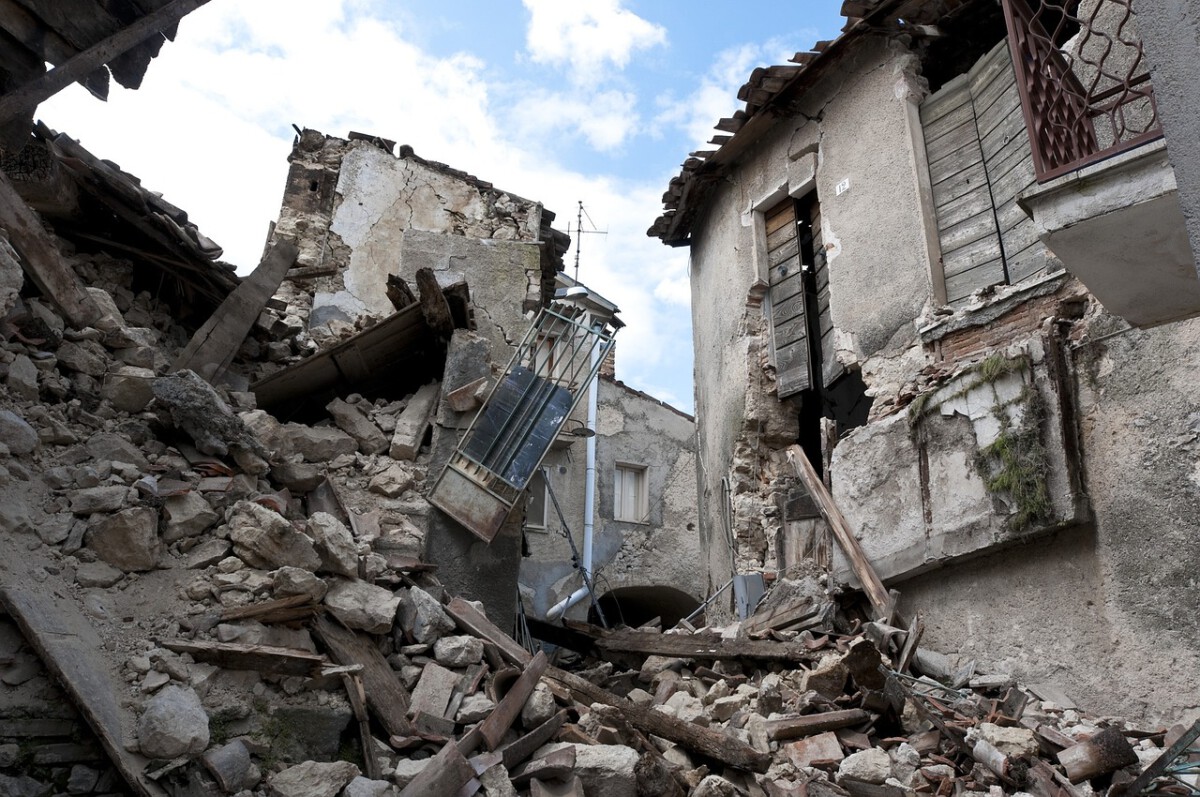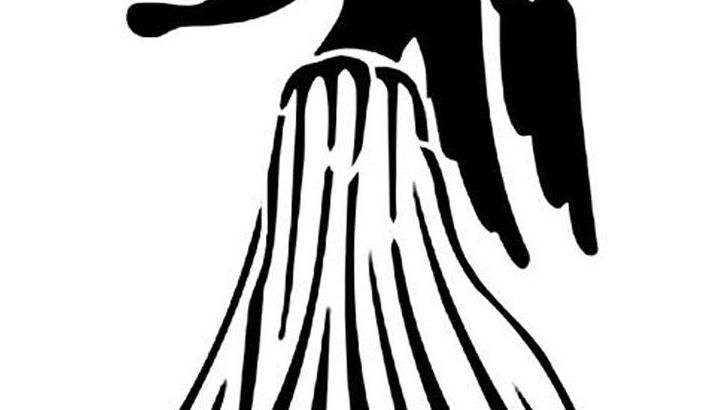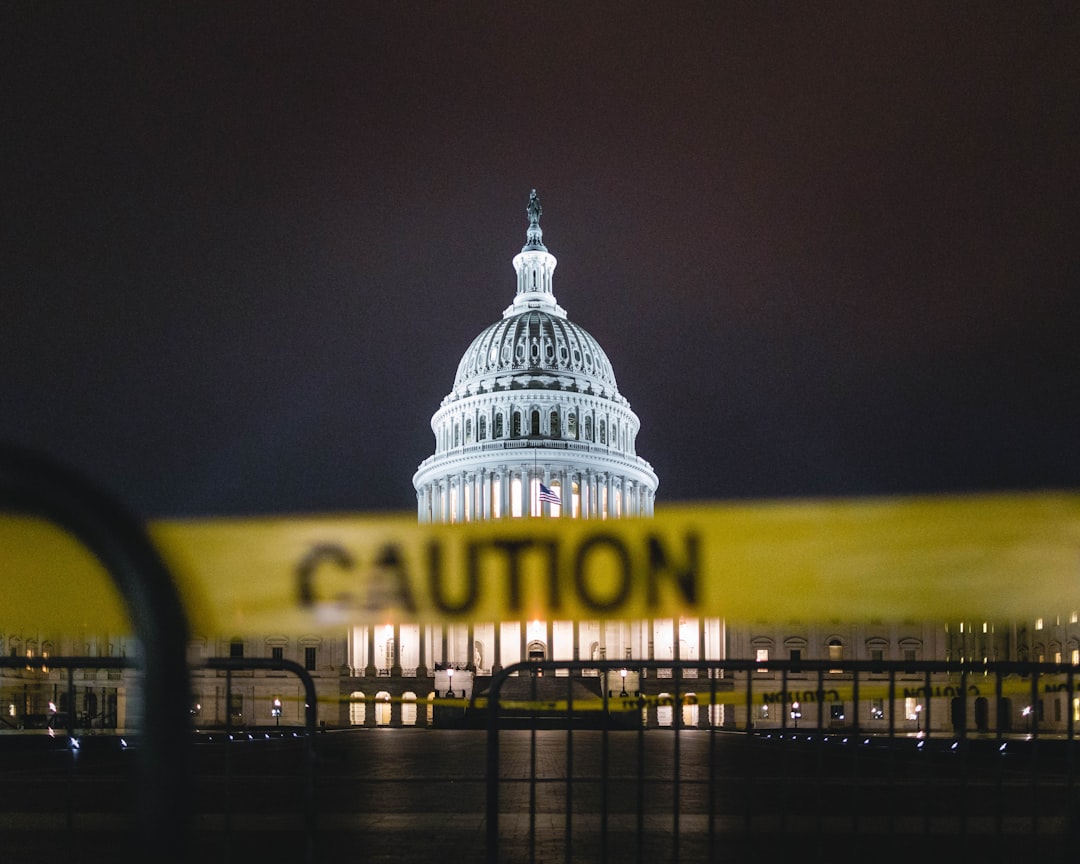Switzerland: Setting the Gold Standard

Switzerland’s sparkling lakes and rivers aren’t just beautiful—they’re the backbone of some of the world’s safest and most reliable water systems. The Swiss take water quality seriously; over 80% of their drinking water comes from protected groundwater reserves, much of it shielded by strict environmental laws. In a 2024 report, the Swiss Federal Office for the Environment stated that 99% of citizens have access to safe, clean drinking water, a figure that’s unmatched by most countries. Swiss water utilities regularly upgrade their purification technology, keeping contaminants at bay and minimizing risks from microplastics or pharmaceuticals. The government’s investment in sustainability is evident everywhere, from advanced filtration plants to the preservation of their alpine catchment areas. Swiss residents often say they “drink straight from the tap with pride”—a sentiment echoed by travelers. With water so pure, it’s no wonder Switzerland’s system is now considered the global gold standard.
Norway: Nature’s Gift, Carefully Guarded

Norway boasts a natural bounty of lakes and rivers, and it uses these resources with extraordinary care. Nearly everyone in the country enjoys access to pristine water, thanks to a network of highly regulated municipal systems. The Norwegian Water Resources and Energy Directorate recently highlighted their commitment to maintaining water quality, including a new $200 million investment plan for 2025 that aims to protect watersheds and upgrade aging infrastructure. Norwegians are encouraged to use water wisely, reflecting the nation’s deep respect for nature. Even with climate shifts threatening snowpack and rainfall patterns, Norway has remained resilient by promoting water-saving technologies and protecting source areas. “Water is part of our identity,” said a Norwegian utility manager in a 2024 interview. That sense of stewardship has helped Norway stay at the forefront of water management.
Germany: A Powerhouse of Innovation

Germany is well known for its engineering prowess, and its water systems are no exception. The German Environment Agency reported in 2024 that 97% of the population receives high-quality drinking water, thanks to cutting-edge treatment plants and rigorous testing protocols. Germany excels at recycling; over 90% of its wastewater is treated and safely returned to the environment, making it a leader in sustainable water use. In a bold move, the government has set a target to reduce urban water consumption by 20% before 2030—a plan that’s already spurring public campaigns and technological upgrades. German cities have also piloted smart water grids, which use sensors to detect leaks and optimize supply in real time. “Innovation is our tradition,” a Berlin water engineer remarked, and the results speak for themselves. Germany’s continual investment in water technology keeps it one step ahead of emerging threats.
Canada: Rich Resources, Uneven Access

Canada is a land of lakes and rivers—holding about 20% of the world’s freshwater supply—but the benefits aren’t always evenly shared. Most urban Canadians enjoy excellent water quality, with advanced treatment systems in cities like Toronto and Vancouver. However, the picture is very different in many Indigenous communities, where long-term boil-water advisories have persisted for years. In response, the federal government pledged $1.5 billion in 2025 to overhaul water systems in these underserved regions, aiming to eliminate these advisories once and for all. There’s a growing recognition that reliable water access is a human right, not a privilege. Environmental groups have also raised concerns about pollution threats from industry and resource extraction, pushing for stronger protections. Canada’s challenge is to ensure its incredible natural wealth benefits everyone, not just those in major cities.
Australia: The Art of Conservation

Australia’s relationship with water is shaped by its dry, unpredictable climate. Over the past two decades, Australians have become world leaders in water conservation, slashing urban water use by 30% through a mix of public education and strict regulations. A new national water plan, launched in 2024, is pushing for even more sustainable practices, especially in agriculture and industry. Despite these successes, climate change is taking its toll: major reservoirs hit decade-long lows this year, and some rural communities are again facing rationing measures. The government’s response has been proactive, with investments in desalination plants and recycled water projects. “We can’t afford to waste a drop,” one Melbourne resident told a reporter. Australia’s story is one of resilience, innovation, and a never-ending battle against drought.
Japan: Resilience Through Technology

Japan’s water infrastructure is world-class, shaped by the need to withstand natural disasters like earthquakes and typhoons. Nearly the entire population has access to clean drinking water, and the country’s treatment facilities are among the most advanced globally. In 2025, the government committed $500 million to further upgrade these systems, with a focus on climate resilience and energy efficiency. Public campaigns encourage everyday conservation, with many Japanese households using water-saving appliances and monitoring usage closely. After the Fukushima disaster, Japan also ramped up efforts to prevent contamination of water sources, introducing even stricter standards. “Preparedness is our duty,” a Tokyo city official explained, reflecting a culture of vigilance. Japan’s mix of tradition, technology, and public engagement makes its water system both robust and adaptable.
India: A Crisis Demanding Urgency

India’s water crisis is nothing short of staggering. More than 600 million people face high to extreme water stress, a number that continues to climb as the population grows and climate change intensifies droughts. The National Institute of Hydrology has warned that many of India’s major cities could run out of groundwater within the next decade if urgent action isn’t taken. The government has announced a comprehensive management strategy for 2025, focused on improving infrastructure and promoting conservation. But the challenges are immense: rural areas often lack basic access to safe water, and pollution from agriculture and industry remains rampant. “Water is life, and we are running out of both,” lamented a local activist in Chennai this year. The sense of urgency is palpable, and the need for bold, coordinated action has never been greater.
South Africa: Scarcity on the Brink

South Africa stands at the edge of a water emergency, with millions living in areas where taps run dry for days or even weeks. The Department of Water and Sanitation estimates that around 14 million South Africans lack regular access to safe drinking water. Persistent droughts have left reservoirs perilously low, and urban centers like Cape Town have flirted with “Day Zero” scenarios—moments when municipal water supplies could be shut off entirely. In 2024, the government rolled out a national water resource strategy, but progress is hampered by infrastructure failures and rapid urbanization. Climate change only adds fuel to the fire, making rainfall less predictable and increasing competition for scarce supplies. For many families, water scarcity is a daily struggle, dictating everything from hygiene to education. The crisis is a stark warning of what the future could hold for other drought-prone regions.







